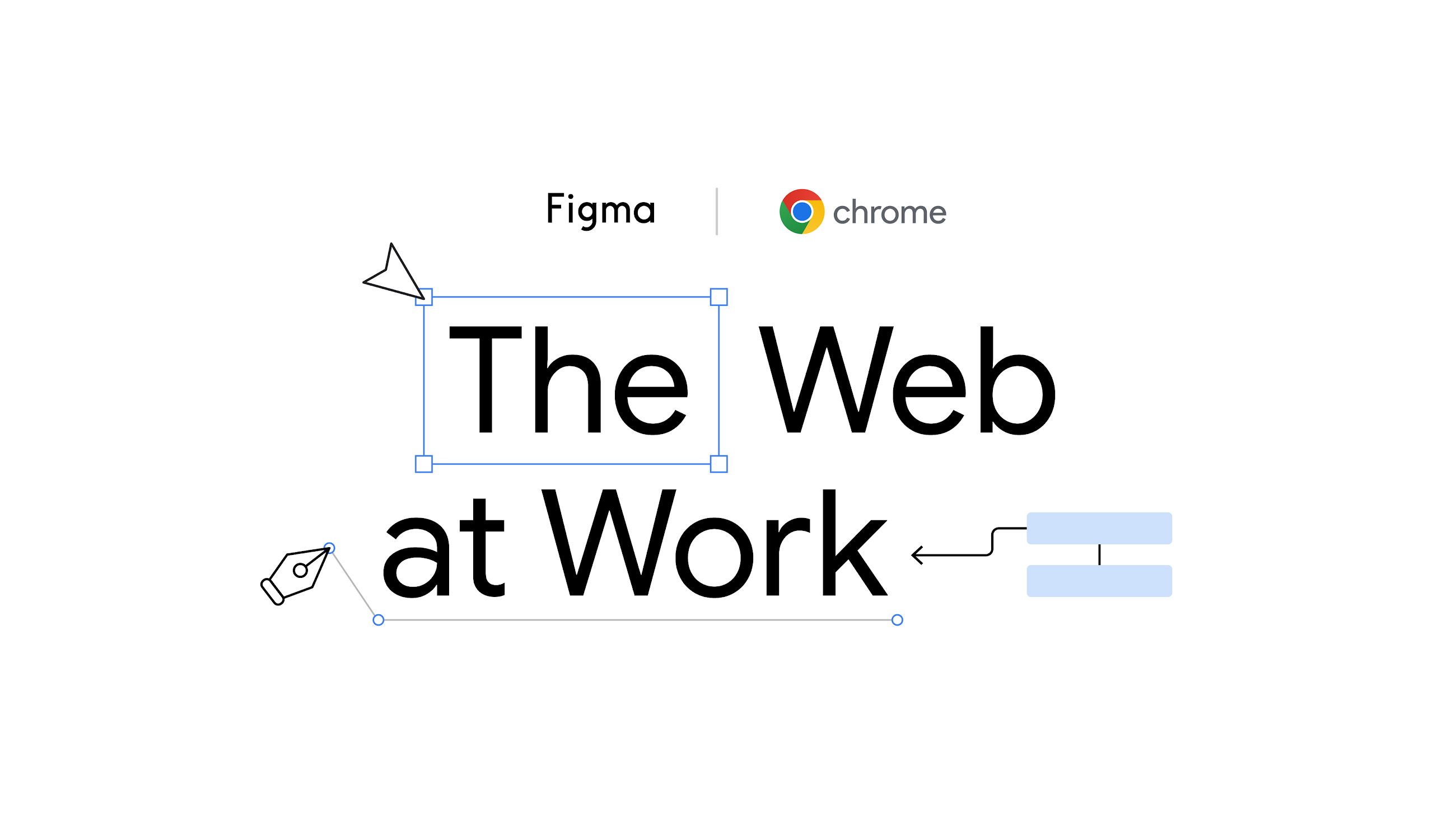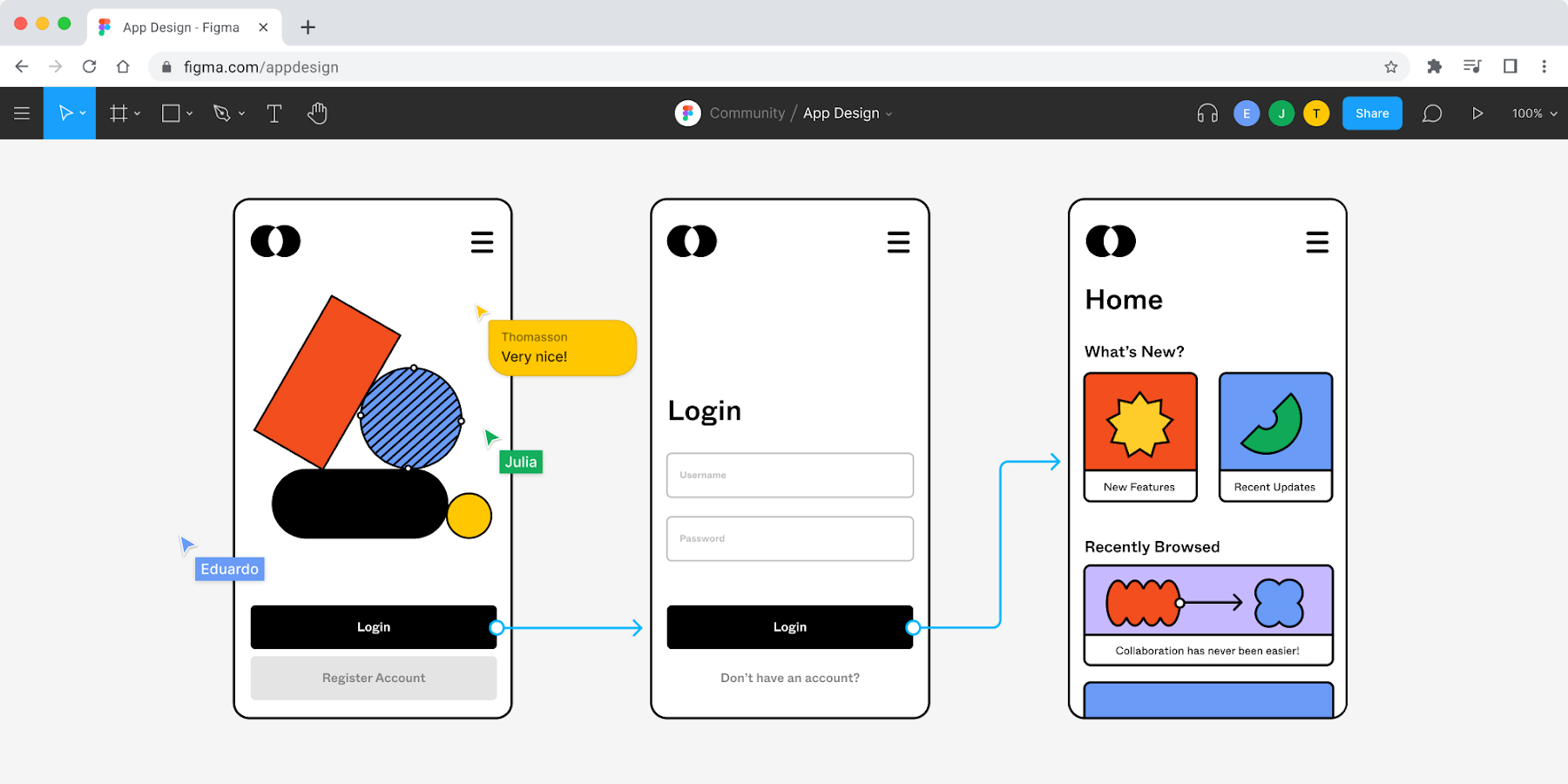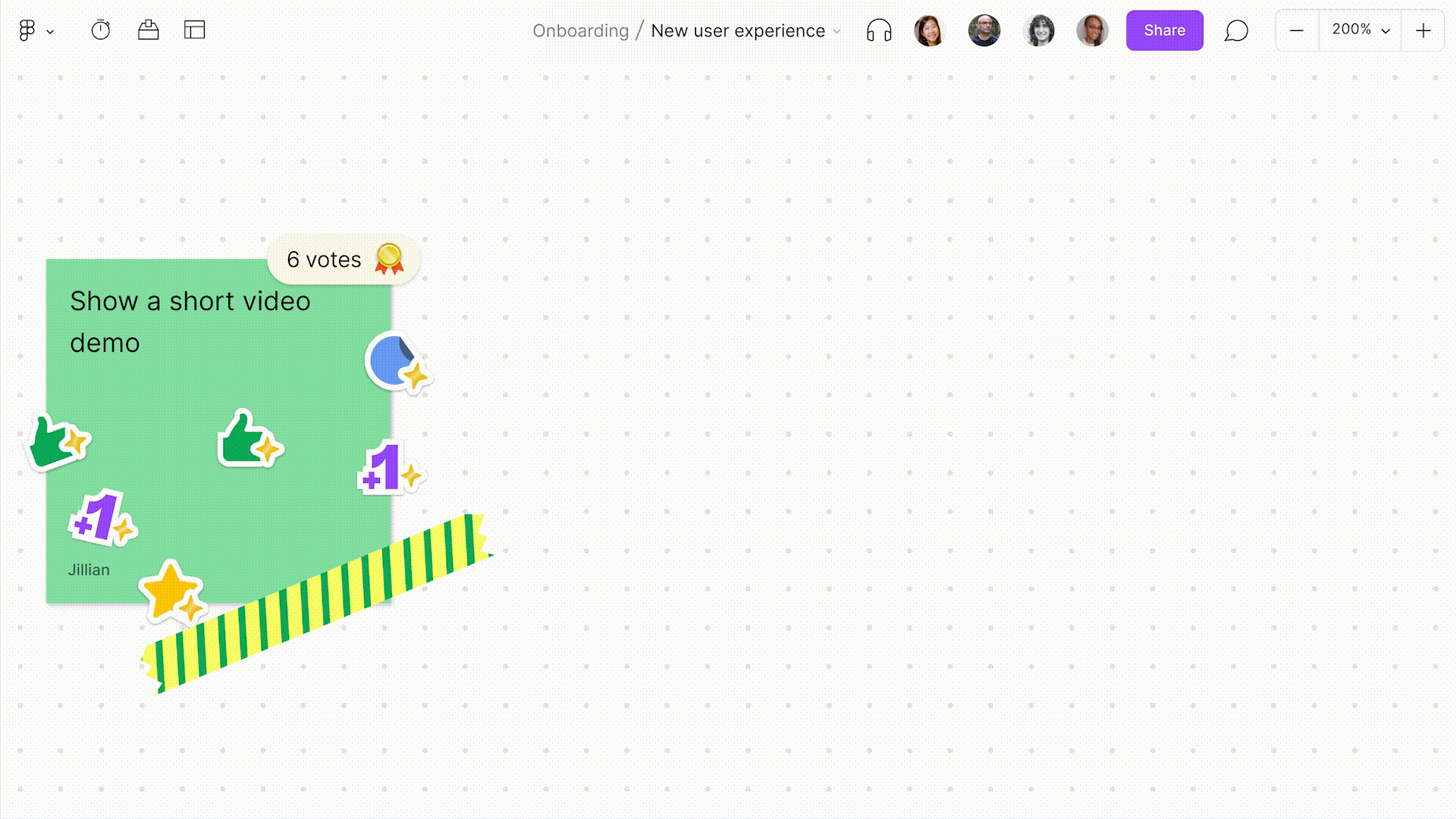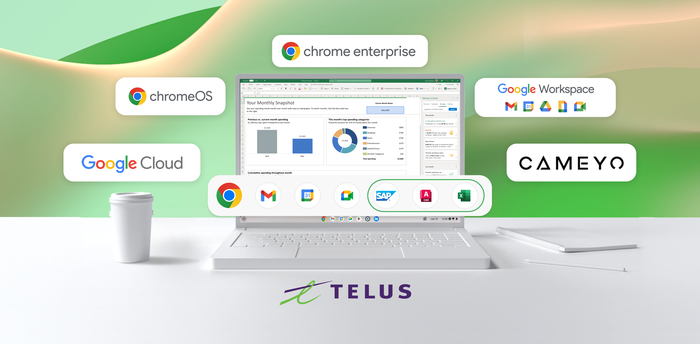The Web at Work: Figma’s web-first design approach powers new forms of collaboration

Lauren Miskelly
Managing Director, Chrome Browser Enterprise GTM Lead
The Web at Work: Figma’s web-first design approach powers new forms of collaboration
Working in the browser has become the norm for many companies. There is a whole ecosystem of applications and technologies that support people being productive in Chrome every day. In our “Web at Work” series, we take a closer look at the browser-based apps that have changed the modern work experience.
Today we’re featuring Figma, an online tool helping companies around the world redesign the way they build products as a team.
Reimagining design in the browser
When Figma launched in 2016, the traditional design experience was ready for a change. Designers worked alone and siloed in expensive desktop apps that had a steep learning curve. Sharing files and giving feedback was a cumbersome and time-consuming process. And keeping track of which file was the latest when they had names like “Final_Final_New_v2”, made version control a massive headache.
Figma’s co-founders, Dylan Field and Evan Wallace, were convinced there had to be a better way — and that the browser held the key. After all, they were from the generation that grew up on Google Docs. And if your text editor could be web-based, why couldn’t your design tool be as well?
Figma was built to work directly in the browser, so it offers a more seamless and collaborative way of working — especially in hybrid and distributed environments. Teams can work together in a single tool throughout a project’s lifecycle, from brainstorm to build. And with files stored in the cloud, anyone — designer or not — can collaboratively create, participate, and ideate in real-time, regardless of physical location. All they need is the project link.


Designing in Figma - a collaborative environment enabled by the browser
A space for collaboration for everyone
As Figma focused on improving the distributed work experience, people found new ways to use the platform — from icebreakers, illustrations, and themed activities to meal prep and brainstorming sessions. There was a realization that Figma’s core use case had evolved beyond a design tool, but a space for ideation.
It was this realization that inspired FigJam — a web-based whiteboard for problem-solving, planning, and free-form group interactions. The interface makes it easy for non-designers to contribute by simply sharing a link. Onboarding becomes a creative, collaborative experience that builds empathy for co-workers from day one. Company-wide planning workshops — like ideating on business goals and sourcing editorial content — can quickly become regular practice on Figma.


FigJam
In 2022, Figma teamed up with Chromebook to bring accessible web-first tools to schools. With this partnership, students can access Figma and FigJam on personal school devices throughout their educational years and into their professional lives. Browser-based software like Figma supports design thinking, creative problem-solving, and collaboration — critical skills for young learners in our increasingly digital world.
Building better on the world’s most popular browser
Figma has rapidly grown in popularity since launch.
Through features and integrations, Chrome helped Figma serve users ever evolving workspaces.
By harnessing the power of Chrome browser, Figma has enabled live captions so everyone can follow along in a meeting. For non-native language speakers and people who prefer visual communication styles, removing communication barriers allows teams to work together more effectively.
Getting teams up to speed is also one step easier with the Figma for Chrome extension, allowing one to attach Figma or FigJam files to a Google Calendar for brainstorm sessions, reviews, and project kick-offs.


Figma’s live captions feature (Bottom Center) enabled through the Chrome browser
A new culture of connection
Figma transformed design by bringing it to the web and inspiring new and varied forms of collaboration. And browsers like Chrome were instrumental in achieving this goal. As Dylan Field, CEO & Co-founder of Figma says, "As technologists, we have a responsibility to make it so that more people can use our platforms, not fewer. What I’ve seen... is that the browser is the medium to ignite that impact."



